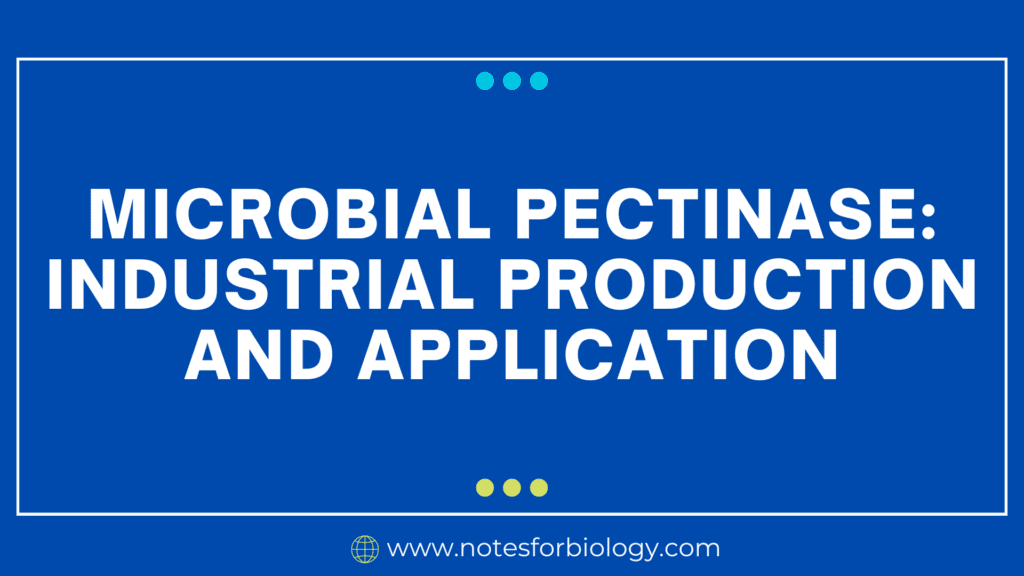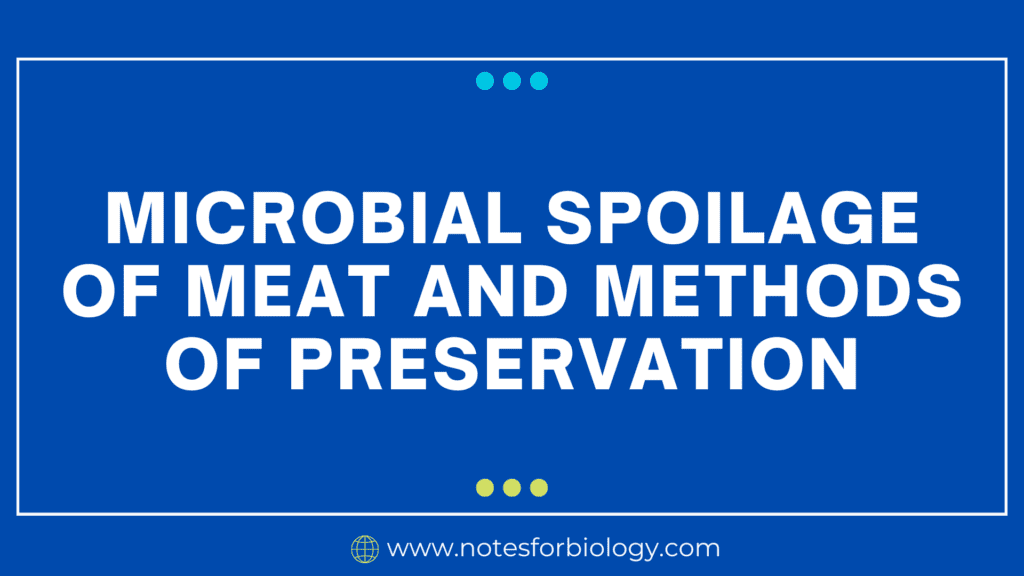Antibody Mediated Immunity (AMI): Activation and mechanism of antibody mediated antigen removal
Antibody mediated immunity (AMI), also known as humoral immunity, is a crucial arm of the adaptive immune system, responsible for protecting the body from a wide range of pathogens, toxins, and foreign substances. Antibody mediated immunity relies on the production of antibodies, highly specific proteins produced by B lymphocytes, which bind to and neutralize antigens. […]










